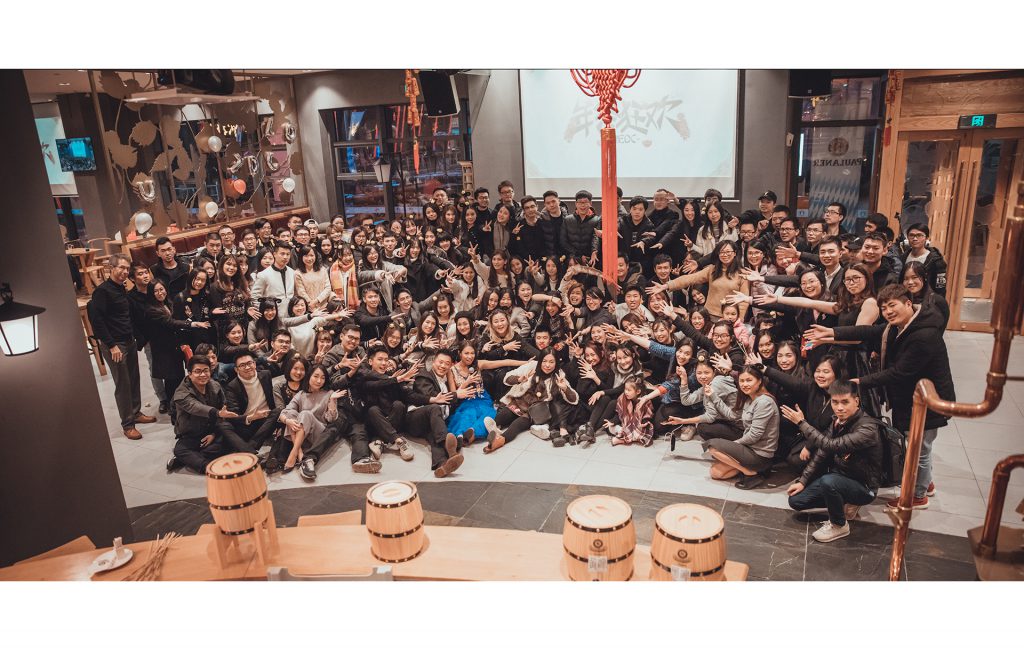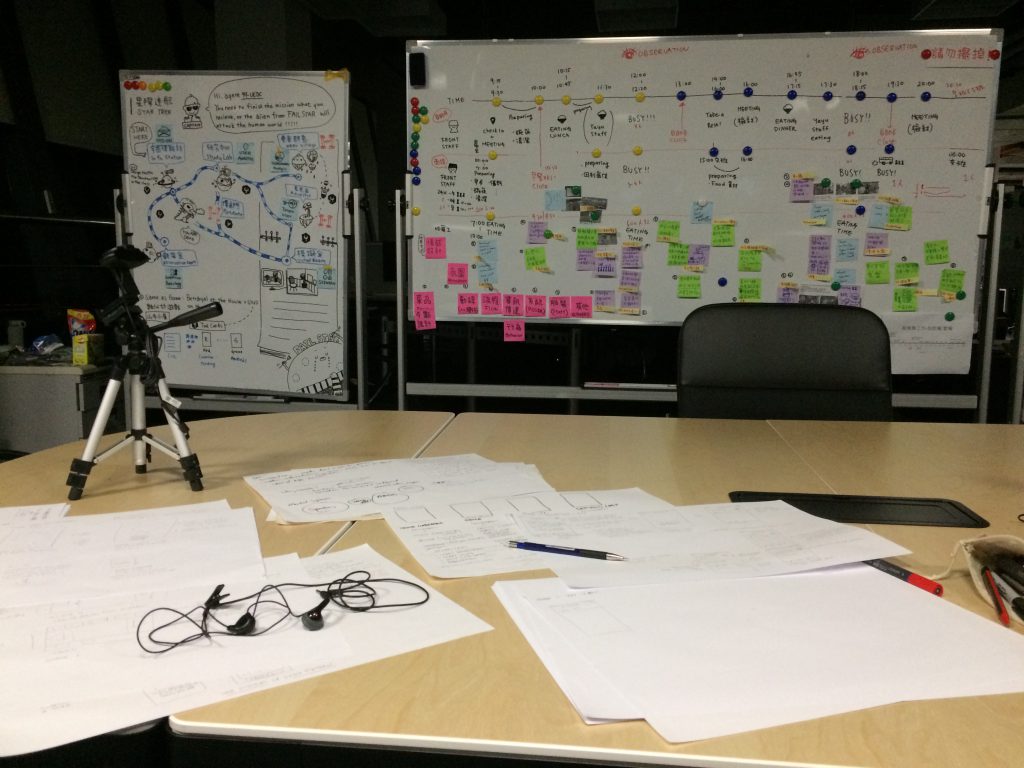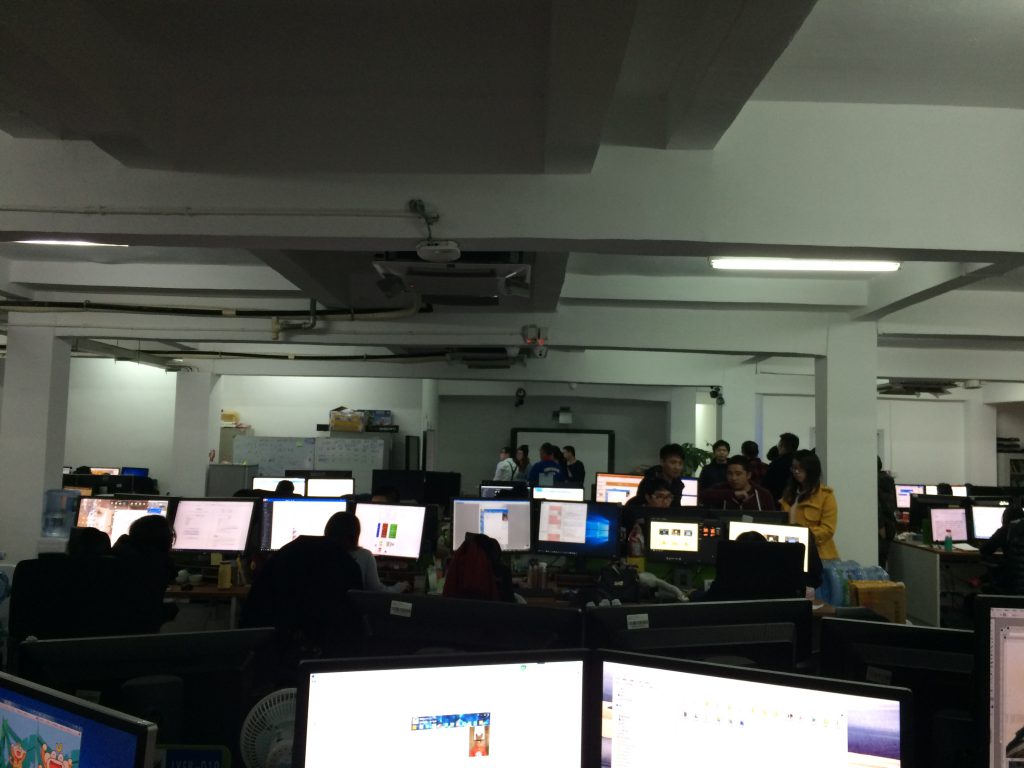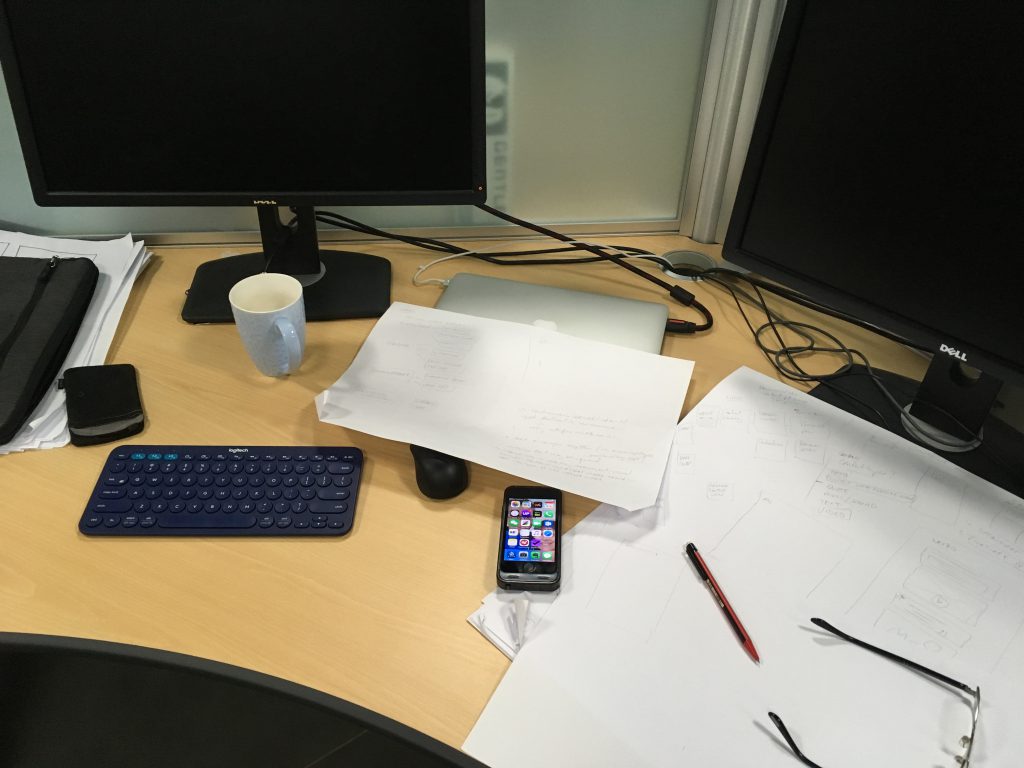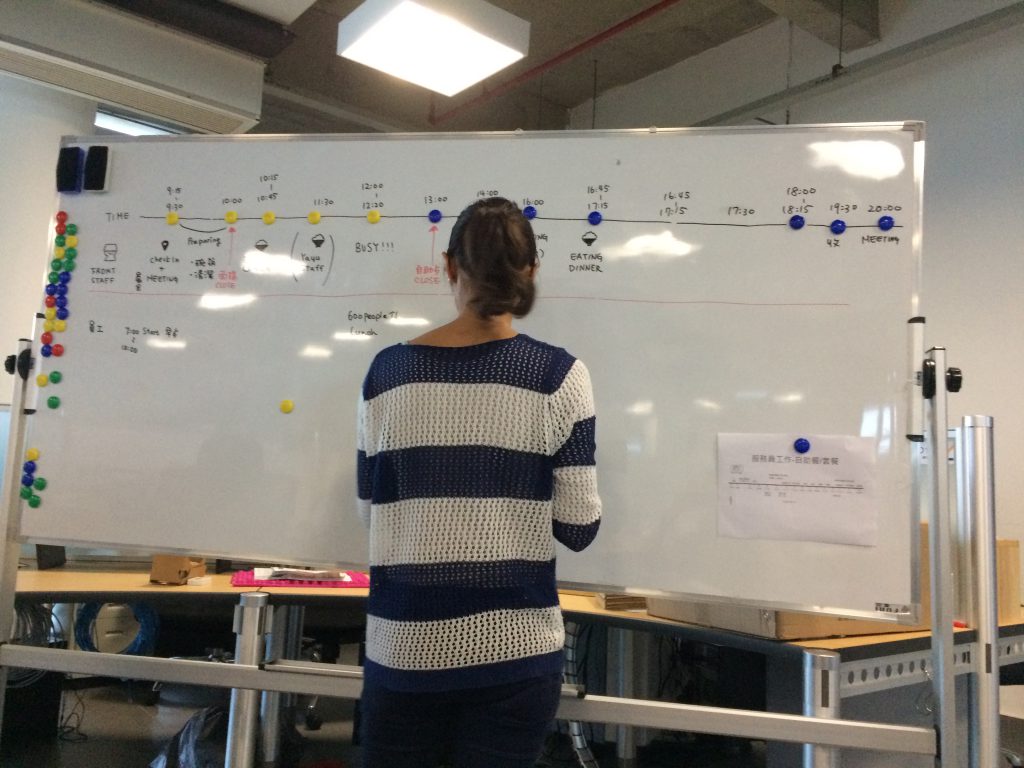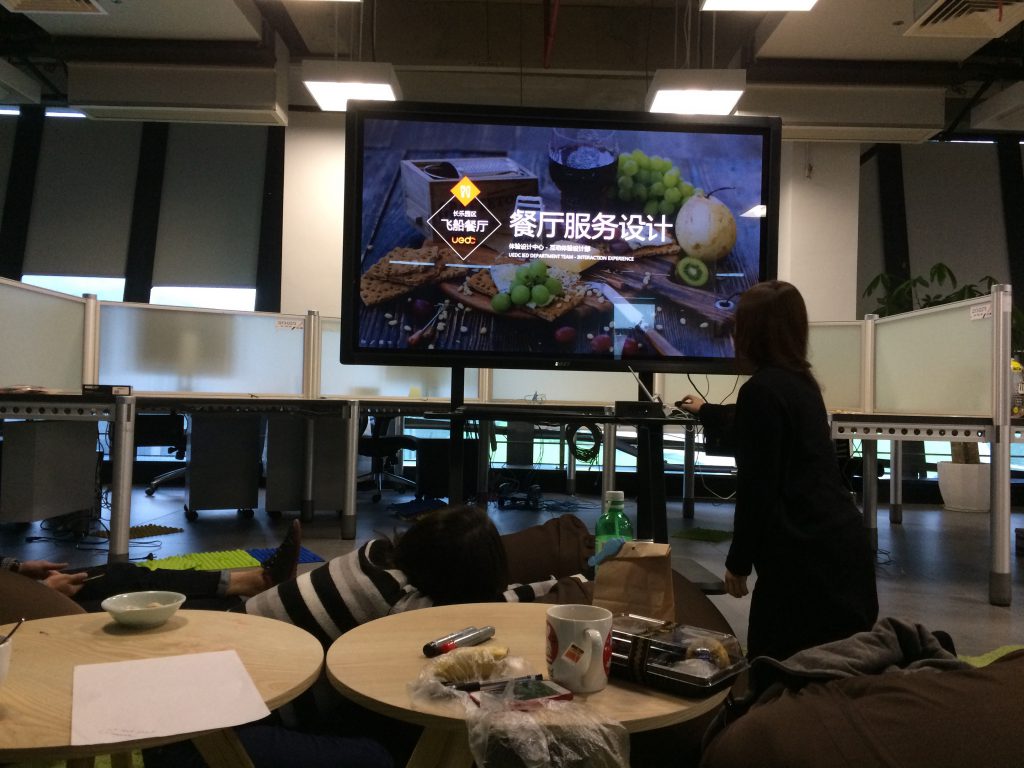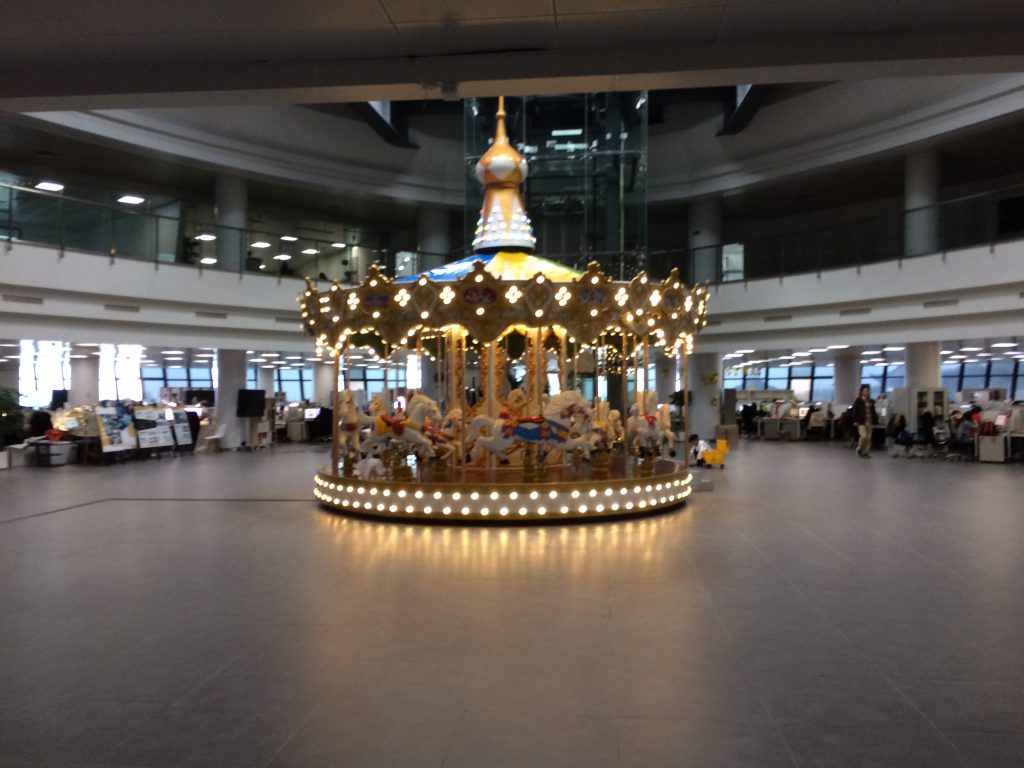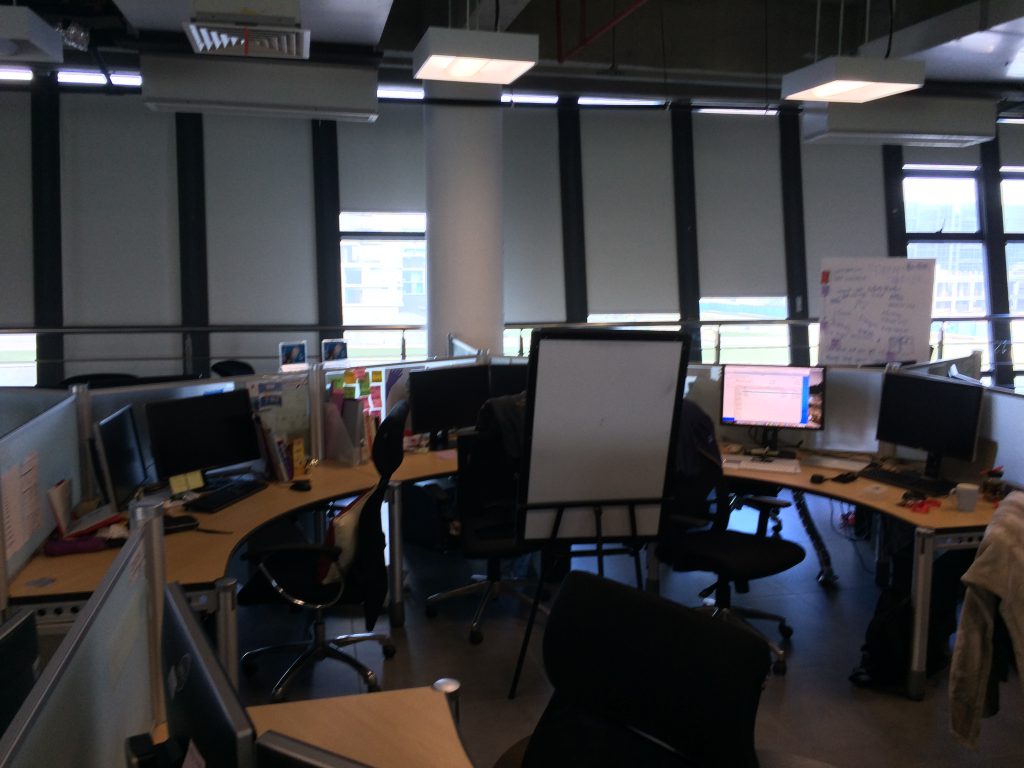Judging by the number of people running throughout the time I have been home here on the Island, I’m likely in the minority in thinking that training here is an exercise in frustration. Perhaps the years I have spent overseas have weakened my ability to withstand the cold.
The weather today called for high temperatures around 15C with the ever-present cloudy skies. As I step outside the door to go for a long run it’s raining and only 4.
The locals know that weather reports are at best entertainment, something to be talked about, but certainly nothing to count on. Hence the CBC weather man.
I came here 7 weeks ago for family reasons but hoped to keep my training schedule for a race in June. Running helps me concentrate, think and maintain focus. It’s helped me physically too, but I have problems with that scrawny runner body. After running there is little time for a weight room, little energy either.
Initially instead of opting for expensive running gear, and the risks in running in the near constant snow storms this past 7 weeks, I joined a gym for a month. Running in a gym takes most of the joy out of running, so I bought a couple articles of clothing, thinking that the weather is breaking. I didn’t buy rain gear. Getting wet in Taiwan is no fun on long runs either, in China my clothes might melt.
So I sit here looking at this blog and fuming that I have to spend a couple hours on a treadmill, while being forced to watch CNN or the food network on a screen right in front of me, while listening to some ugly loud music blaring from the overhead speakers. If we move back here, an investment in a treadmill will be necessary for all but a few months a year.


